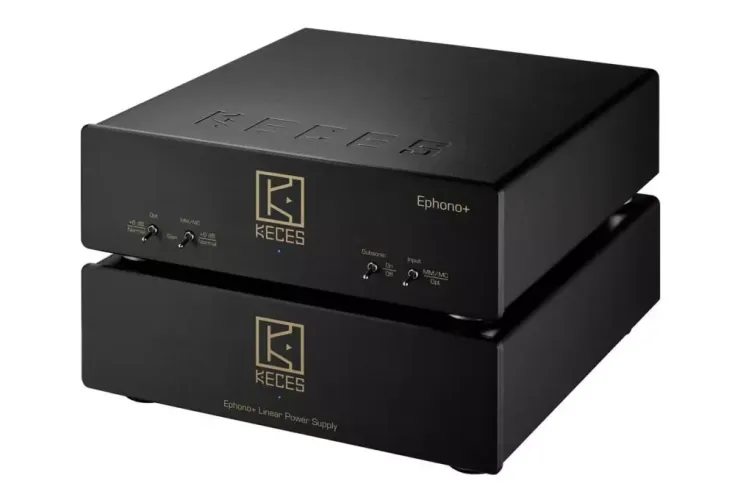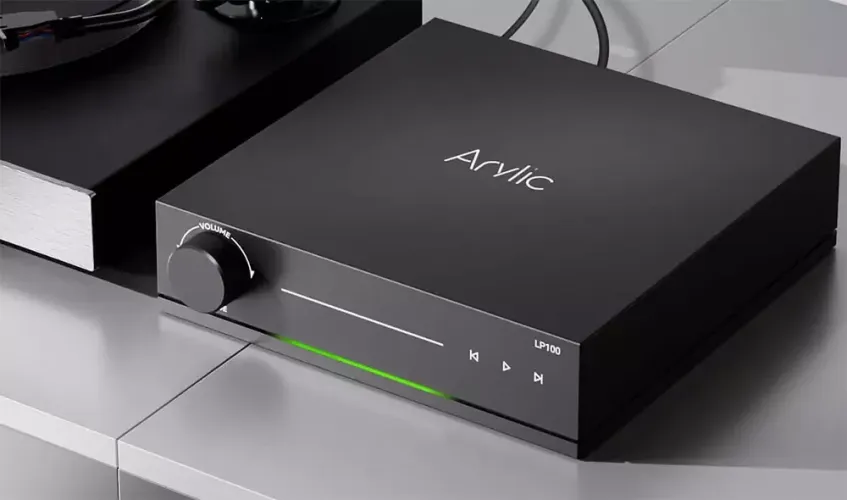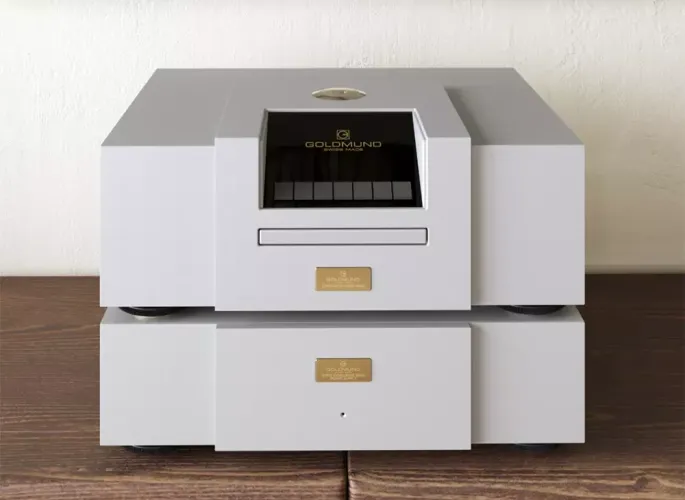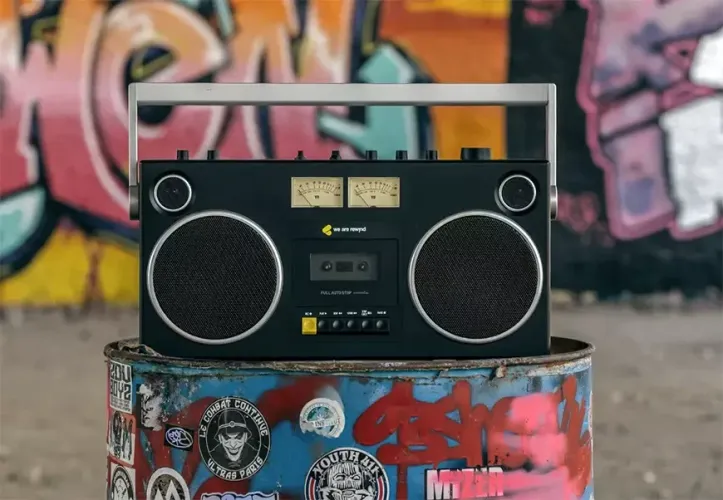
SPEC RSA-EX1000 – integrated amplifier in a case made of maple and spruce
21.01.2025 07:25 | ~2 minutes read
The Japanese company SPEC CORPORATION has introduced a new integrated amplifier SPEC RSA-EX1000. The model uses a main board designed to minimize the length of the passage of musical signals from the volume control to the low-pass filter - according to the manufacturer, this preserves even the weakest signals and ensures a wealth of detail. Of course, the sound quality is also improved by reducing the inductance (coil effect) due to the minimization of internal wiring.

The integrated amplifier SPEC RSA-EX1000 operates in class D and reaches 2 x 200 W of power to the loudspeakers with a impedance of 4 Ohms. The large power supply is equipped with a transformer with an R-shaped core with a capacity of 600 VA. The amplifier circuit uses carefully selected capacitors.
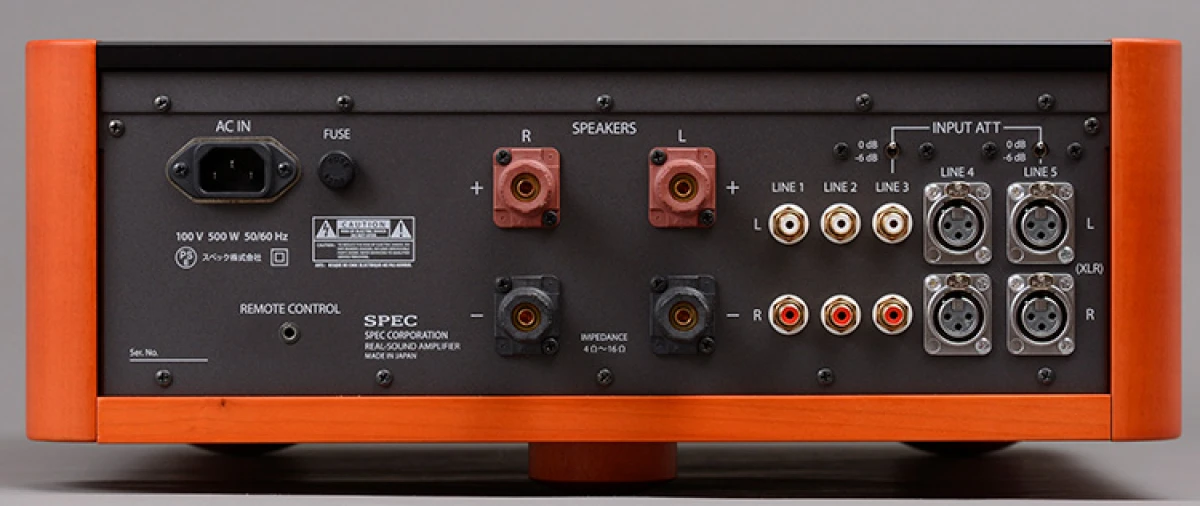
To reduce interference and interference, the entire internal part of the amplifier chassis is treated with EMC paint. In addition, the amplifier contains internal shielding and uses electromagnetic wave absorption plates to further improve electromagnetic isolation. This has reduced interference and interference to an absolute minimum.
SPEC emphasizes that amplifiers are essentially musical instruments, which affects the choice of materials for the housings. The RSA-EX1000 amplifier has a maple side frame and a spruce laminate chassis. According to the developers, this choice of materials improves the overall acoustic characteristics of the amplifier.

The amplifier's commutation arsenal includes two balanced XLR inputs and three unbalanced RCA. A remote control is included with which you can adjust the volume. The SPEC RSA-EX1000 integrated amplifier is already on sale at a recommended retail price of $38,000.
Specifications
This product is in the Hi-Fi and High End Electronics and Acoustics database
Integrated amplifiers — SPEC RSA-EX1000
Model name
RSA-EX1000
Type
N/A
Analog inputs (balanced)
2
Analog inputs (single-ended)
3
Input sensitivity (mV)
N/A
Input impedance (balanced) (Ω)
N/A
Input impedance (single-ended) (Ω)
N/A
Output impedance (balanced) (Ω)
N/A
Output impedance (single-ended) (Ω)
N/A
D/A conversion
N/A
Phono MM/MC current-sensing input impedance (Ω)
N/A
Output power (8Ω) (W)
N/A
Output power (4Ω) (W)
2 x 200
Gain (dBu)
N/A
Frequency response low +/- 3dB (Hz)
10
Frequency response high +/- 3dB (Hz)
30000
Signal to Noise Ratio (dB)
N/A
Total Harmonic Distortion + Noise (%)
N/A
Damping factor
N/A
Dimensions (mm)
450 × 180 × 523.5
Weight (kg)
28
Official link


